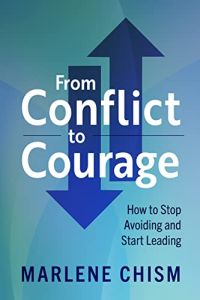
From Conflict to Courage
How to Stop Avoiding and Start Leading
Recommendation
Marlene Chism’s decades of experience as a factory worker and more recently as a corporate culture coach give her a unique and valuable perspective on managing conflict and difficult conversations. Like many before her, she advises leaders to face conflict and not avoid it – but she goes on to offer specific advice to help you prepare yourself internally for difficult conversations, so you don’t react to emotional triggers and can listen intently even when you disagree. For leaders especially, this guide to self-regulation, coaching and emotional integrity might make even the hardest conversations more comfortable.
Summary
About the Author
Marlene Chism is a consultant and speaker specializing in resolving workplace drama. She’s the author of No-Drama Leadership and Stop Workplace Drama.
By the same author
Learners who read this summary also read
Related Skills




























Comment on this summary